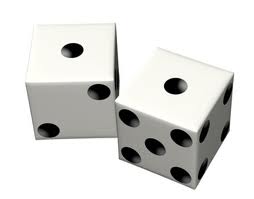
Featured Blog | This community-written post highlights the best of what the game industry has to offer. Read more like it on the Game Developer Blogs.
Valuable Failure
Why avoiding failure at all costs may not lead to the best results.

When exploring a new design, we want to generate information about its value. Is a design element going to add to the product? Is it going to be something the customer wants? Is its cost offset by a greater value? All of these are uncertain until we try it.
 Uncertainty points to a lack of information. As a result, the work we do should focus on generating the highest quality information possible.
Uncertainty points to a lack of information. As a result, the work we do should focus on generating the highest quality information possible.
This isn't done in many cases. What is done is that we focus on avoiding failure and in doing that, we limit the information generated.
Take a simple example of the high/low game where one person has to guess a number, say between 1 and 100, and the other person, who knows the number, tells them if each guess is too high or too low.
What is the first number guessed by the "expert" high/low player? It's 50. Every time. Do they expect to pick the right number the first time? No. So why pick 50?
As it turns out, guessing 50 generates the highest quality information. Picking 90 on the first guess would have an equal probability of success or failure, but it generates far less information than guessing 50.
Not all designs ideas are as uncertain as picking a number between 1 and 100, but there is always uncertainty.
Often however, we create goals that ignore the uncertainty and try to prove the first guess as correct and as a result generate less information. This is usually because our work cultures reward correct guesses and punish incorrect ones.
A better approach is to welcome information-generating failure as much as success.
This article was originally posted on my blog at www.clintonkeith.com
About the Author(s)
You May Also Like









